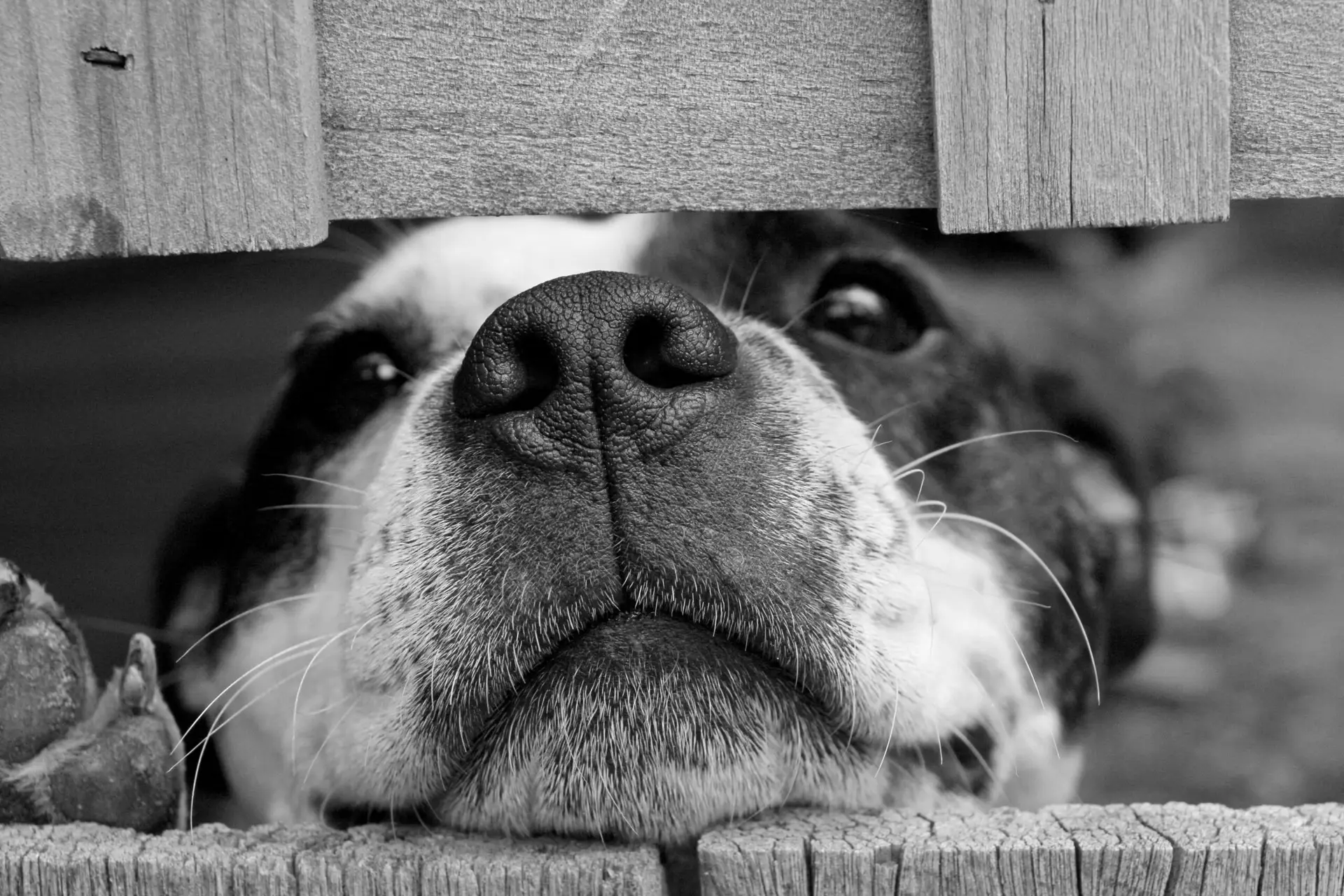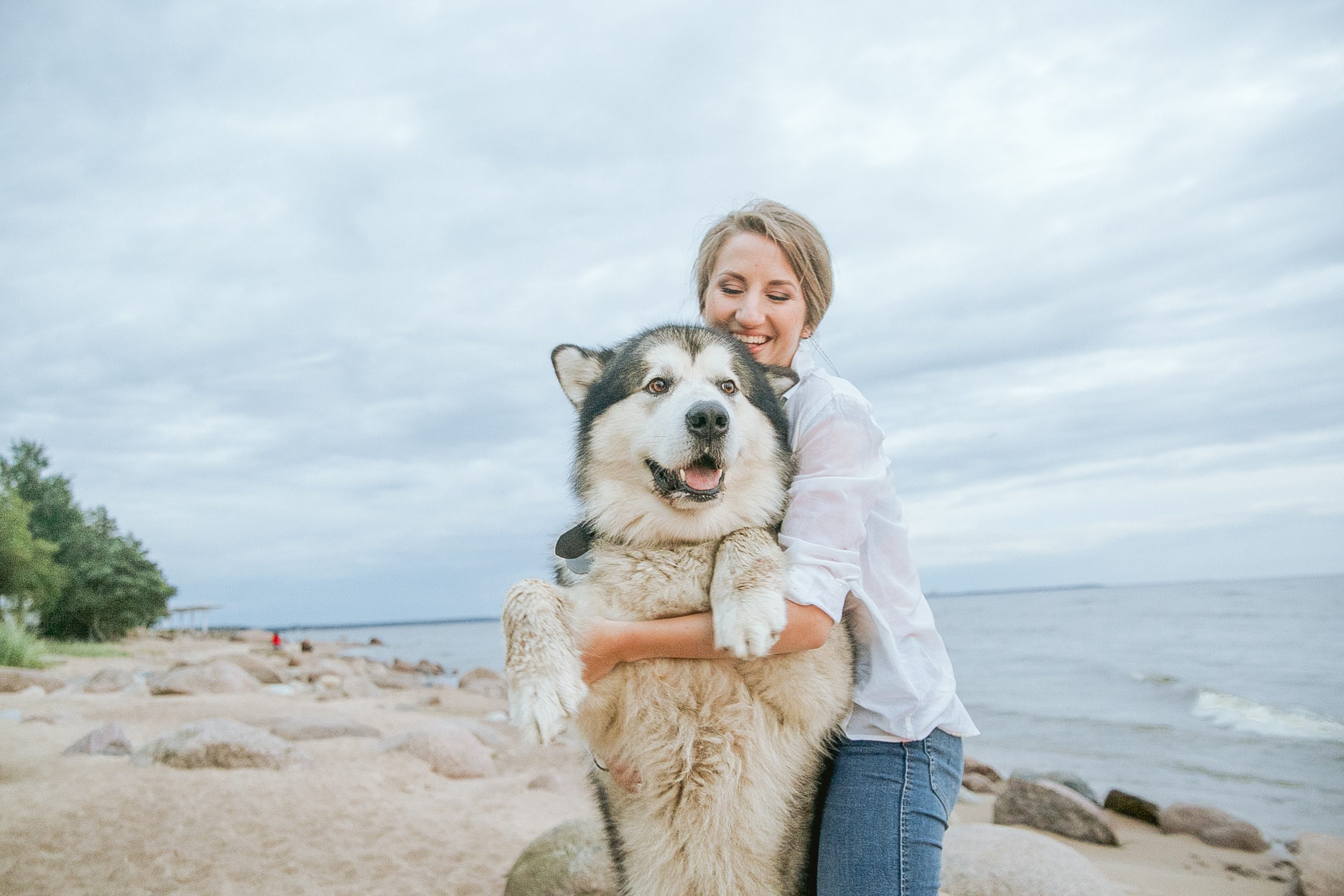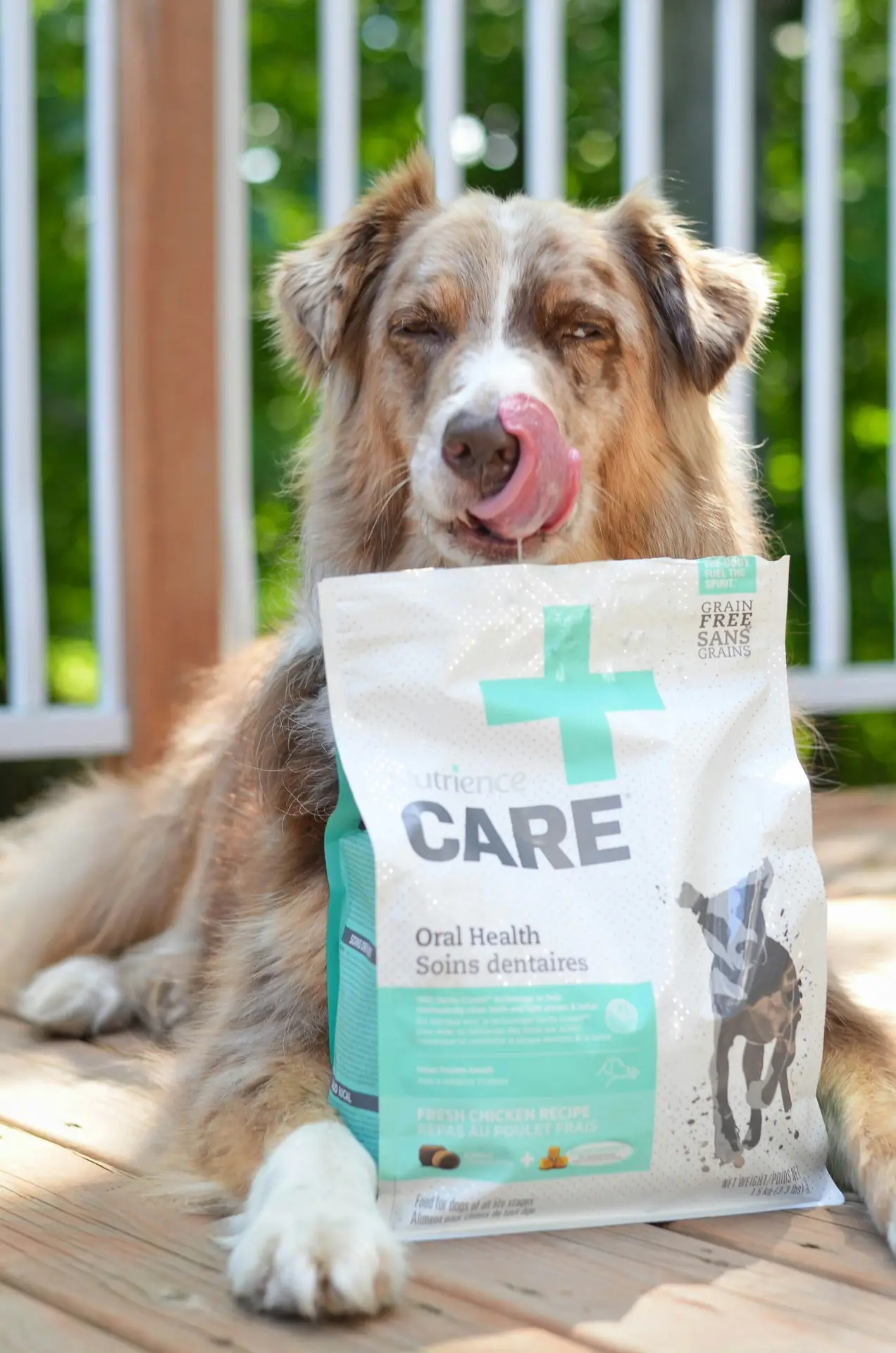Understanding Your Dog’s Behavior is essential to successful dog training. Many pet owners struggle with their dog’s , but often don’t realize that their dog’s behavior is a product of their environment, past experiences, and natural instincts.
By understanding why your dog behaves the way they do, you can better address the underlying causes of their bad behavior and help them become a well-behaved companion.
Whether you’re a new pet owner or have had your furry friend for years, understanding your dog’s behavior is the key to a happy and healthy relationship with your pooch. So, let’s dive into the 5 tips you need to know to start transforming your bad dog into an obedient pooch today.
-
Consistency in training:
Consistency in training is one of the most important factors in transforming a bad dog into an obedient pooch. Dogs learn best through repetition and routine, so it’s essential to keep your training sessions consistent. This means using the same commands for specific behaviors and rewarding or correcting your dog in the same way every time.
For example, if you’re trying to train your dog to sit on command, use the same word every time, like “sit,” and reward them with a treat or praise every time they obey. On the other hand, if your dog exhibits bad behavior, such as jumping on people or chewing on furniture, respond with the same correction every time, like a firm “no” or removing the object they’re chewing on.
Consistency also means setting expectations and boundaries and following through with them. If you allow your dog to jump on the couch one day but not the next, it can confuse them and make training more difficult. By keeping your training consistent, your dog will learn to understand and follow your commands, making them a well-behaved and obedient pooch.
-
Positive reinforcement:
Positive reinforcement is a training technique that involves rewarding your dog for good behavior. For example, if you’re trying to teach your dog to come when called, give them a treat and praise when they come to you. It’s based on the principle that animals are more likely to repeat behaviors that are followed by positive consequences.
When your dog exhibits a desired behavior, such as sitting on command or not barking excessively, you should reward them with treats, praise, or playtime. This will encourage them to repeat that behavior in the future. For instance, if you’re trying to teach your dog to sit on command, give them a treat and lots of verbal praise when they successfully sit.
Positive reinforcement is an effective way to train your dog because it helps build a positive association between good behavior and rewards. Your dog will learn that certain behaviors result in positive outcomes, which will motivate them to continue those behaviors. For example, if you reward your dog for not jumping on guests, they will be more likely to continue that behavior in the future.
In contrast, punishment can create fear and anxiety in dogs, which can lead to aggressive behavior or mistrust. Punishing your dog for bad behavior, like hitting or yelling, may create negative associations and make training more difficult.
When using positive reinforcement, it’s important to use rewards that your dog finds motivating. This could be their favorite treat, a toy they enjoy playing with, or a belly rub. You should also be consistent in your rewards, giving them every time your dog exhibits the desired behavior. If your dog doesn’t receive the expected reward for their behavior, they may not understand what you’re trying to teach them.
It’s important to note that positive reinforcement should not be used as the sole method of training. Dogs also need to learn boundaries and understand when their behavior is not acceptable. In those cases, a firm “no” or removal of the object they’re chewing on may be necessary. However, positive reinforcement is a powerful tool that can help you transform a bad dog into an obedient pooch.
-
Socialization:
This process involves exposing your dog to different people, animals, and environments to help them feel comfortable and confident in new situations. It’s an essential part of dog training that can help prevent behavior problems, such as aggression, fear, and anxiety.
Introducing your dog to other dogs can help them develop social skills and learn appropriate behavior. For example, if your dog has never been around other dogs, they may not know how to play or communicate with them effectively. By socializing them with other dogs, you can help them learn how to interact in a safe and friendly way.
Similarly, introducing your dog to people can help them become more comfortable around strangers. This is especially important if you plan on having guests over to your home or taking your dog to public places. By socializing your dog with different people, you can help them develop positive associations with strangers and reduce their anxiety.
Socialization can also help your dog feel more comfortable in different environments. For example, if your dog has only ever been in your home, they may feel anxious or overwhelmed when taken to a park or other unfamiliar location. By exposing them to different environments, you can help them learn to adapt and feel more at ease.
It’s important to socialize your dog at a young age, ideally between 3 and 14 weeks old, as this is when they are most receptive to new experiences. However, socialization can still be beneficial for older dogs, although it may take more time and patience.
When socializing your dog, it’s important to go at their pace and not force them into situations they are uncomfortable with. For example, if your dog is hesitant around other dogs, start with short interactions and gradually increase the time and intensity. Similarly, if your dog is afraid of loud noises, like thunder or fireworks, start with quiet sounds and gradually increase the volume.
Overall, socialization is an important aspect of training your dog and can help prevent behavior problems later in life. By introducing them to different people, animals, and environments, you can help your dog become a well-adjusted and obedient pooch.
-
Exercise:
Consistency is key when it comes to training your dog. Dogs thrive on routine and repetition, and they need clear and consistent cues to understand what you want them to do.
For example, if you’re trying to teach your dog to sit, you need to use the same cue every time, such as “sit” or a hand signal, and reward them every time they successfully perform the behavior. If you use different cues or only reward them occasionally, your dog may become confused and less motivated to perform the behavior.
Inconsistency can also lead to bad habits and undesirable behavior. For example, if you sometimes allow your dog on the couch and other times scold them for it, they may not understand when it’s okay to be on the couch and when it’s not. This can lead to frustration and confusion for both you and your dog.
Consistency also applies to other aspects of your dog’s training, such as feeding and exercise schedules. Dogs thrive on routine and can become anxious or stressed if their routine is disrupted. By maintaining a consistent schedule, you can help your dog feel more secure and relaxed.
It’s important to note that consistency doesn’t mean rigidity. You should still be flexible and adapt your training methods to your dog’s individual needs and personality. However, the basic principles of consistency, such as using the same cues and rewarding good behavior consistently, should be applied across all aspects of your dog’s training.
Consistency can be challenging, especially if you have multiple people involved in training your dog, such as family members or a dog walker. However, by establishing clear guidelines and expectations and communicating them to everyone involved, you can ensure that your dog receives consistent training and reinforcement.
-
Seek professional help:
If you’ve tried various training techniques and your dog is still exhibiting bad behavior, or if you’re unsure where to start with training, it may be time to seek professional help. A professional dog trainer or behaviorist can provide you with personalized advice and guidance on how to address your dog’s specific needs and issues.
Professional help can be especially important if your dog’s behavior is aggressive or dangerous, such as biting or attacking people or other animals. These behaviors can be difficult to address without the help of an experienced professional and can pose a serious risk to the safety of those around your dog.
When seeking professional help, it’s important to choose a reputable and experienced trainer or behaviorist. Look for someone who uses positive reinforcement-based training methods and has experience working with dogs of your dog’s breed and age. You can also ask for recommendations from friends, family, or your veterinarian.
During your consultation with a professional, they will likely assess your dog’s behavior and work with you to develop a training plan that addresses your dog’s specific needs and goals. They may also provide you with training exercises and homework to do at home, as well as ongoing support and guidance throughout the training process.
Remember that training takes time and patience, and progress may not happen overnight. But with the help of a professional and a commitment to consistent training, you can transform your bad dog into an obedient pooch and create a happy and healthy relationship with your furry friend.
Summary
-
Consistency in training:
- Use the same commands for specific behaviors
- Reward or correct your dog in the same way every time
- Set expectations and boundaries and follow through with them
-
Positive reinforcement:
- Reward your dog with treats, praise, or playtime when they exhibit good behavior
- Encourage them to repeat that behavior in the future
- Avoid using punishment, which can create fear and mistrust
-
Socialization:
- Introduce your dog to other dogs, people, and environments
- Help them feel comfortable in different situations
- Reduce their anxiety
-
Exercise:
- Provide physical exercise to burn off energy and reduce stress
- Help your dog stay healthy and improve their behavior
- Take your dog for walks, runs, or playtime in the park
-
Seek professional help:
- If your dog’s behavior is severe, or if you’re having trouble training your dog, seek the help of a professional dog trainer
- They can provide guidance and support to help you transform your bad dog into an obedient pooch
Bottom line
understanding your dog’s behavior is crucial for successful training. By following these five tips, you can effectively communicate with your furry friend and achieve the desired training outcomes. Remember to be patient, consistent, and positive throughout the training process, and always keep in mind that every dog is unique and may require different approaches. With time, effort, and dedication, you can build a strong bond with your dog and enjoy a happy and fulfilling relationship.






